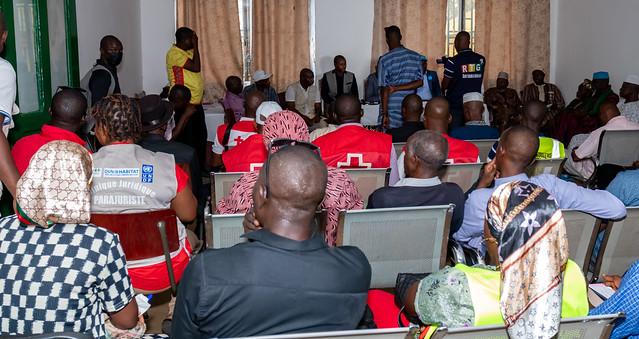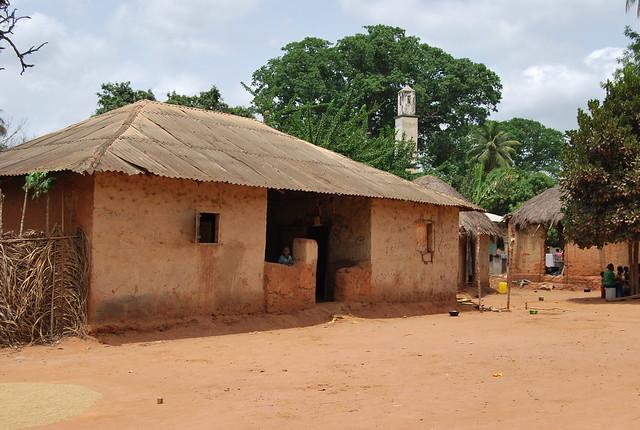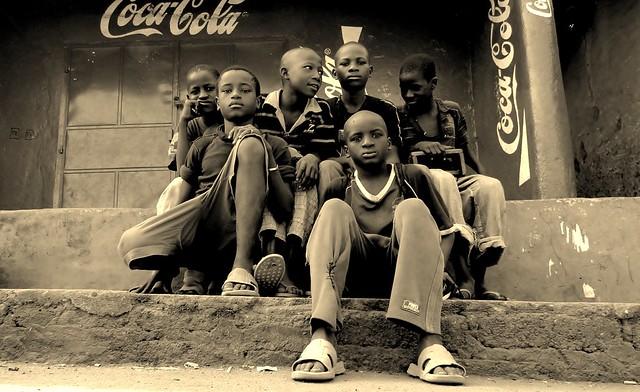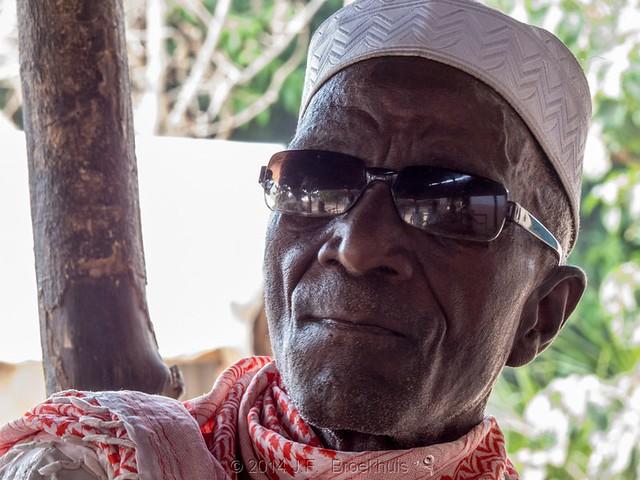Télimélé Prefecture
Overview
Overview of Télimélé Prefecture, Guinea
Télimélé Prefecture is located in the Kindia Region of Guinea, offering a unique blend of cultural richness and scenic landscapes. The area is known for its diverse ethnic groups, including the Fula and Susu communities, each contributing to a vibrant local culture with distinct languages, music, and traditions. Télimélé is less commercialized compared to other tourist destinations, which allows visitors to experience a more authentic side of Guinean life. The region's hilly terrain and lush vegetation not only make it a picturesque destination but also a place where one can learn about traditional agricultural practices and community life in rural Guinea.
Best Time to Visit and Activities
The best time to visit Télimélé is during the dry season, which runs from November to April. During this period, the weather is generally cooler and less humid, making it more comfortable for exploring. This is also a great time for hiking and trekking in the hills and exploring the local villages. Cultural festivals are a highlight in Télimélé, where visitors can enjoy traditional music, dance, and other cultural performances that are often held during local holidays and celebrations. Additionally, the dry season is ideal for visiting the markets packed with crafts and goods produced by local artisans, providing a glimpse into the local economy and craftsmanship.
Preparation for Travelers
Before visiting Télimélé, it's important for travelers, especially teenagers, to prepare adequately to ensure a safe and enjoyable trip. Vaccinations may be required, including those for yellow fever and malaria prophylaxis, so checking with a healthcare provider well in advance is crucial. Since rural areas may have limited medical facilities, carrying a basic first aid kit and any necessary medications is advisable. Learning a few phrases in French, the official language, or even in Fula and Susu, can be extremely helpful in enhancing communication with local residents. Lastly, respect for local customs and traditions is essential, so doing some research on the social etiquettes and dressing modestly is recommended to foster positive interactions with the community.
How It Becomes to This
History not available

You May Like
Explore other interesting states in Guinea






